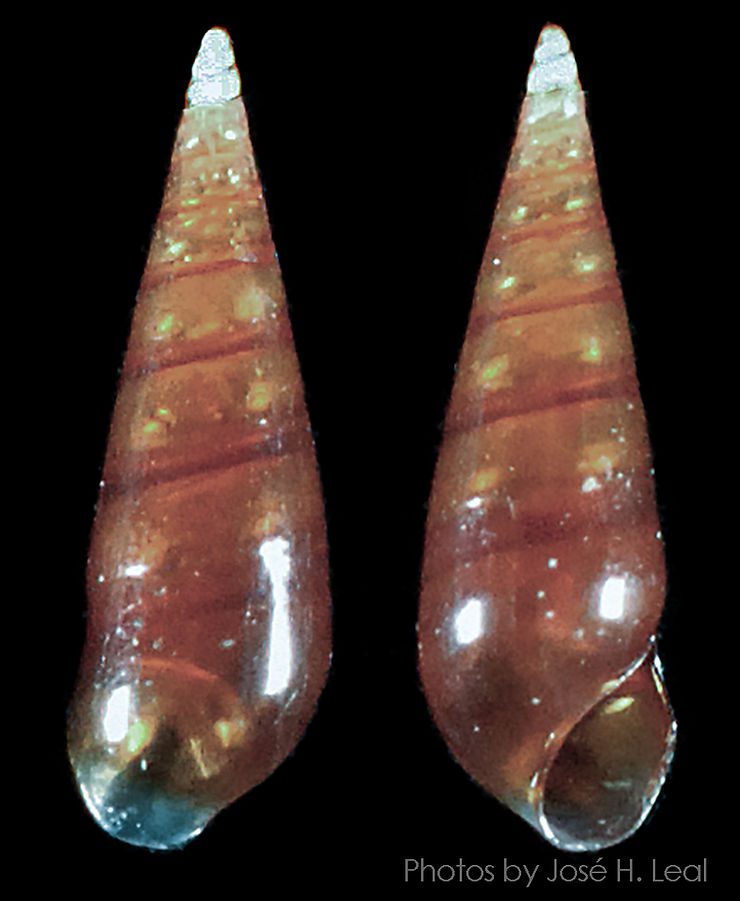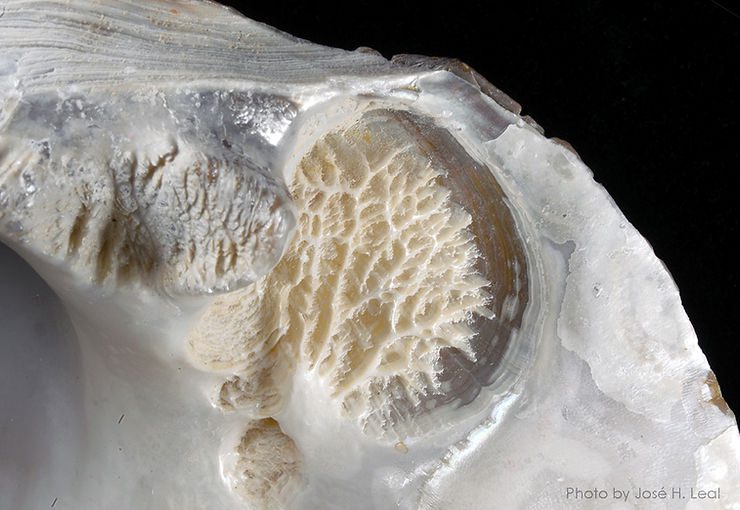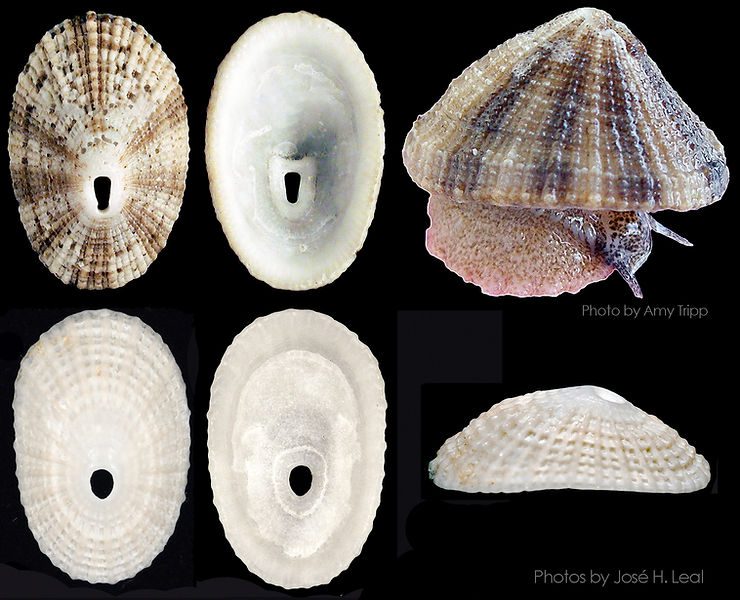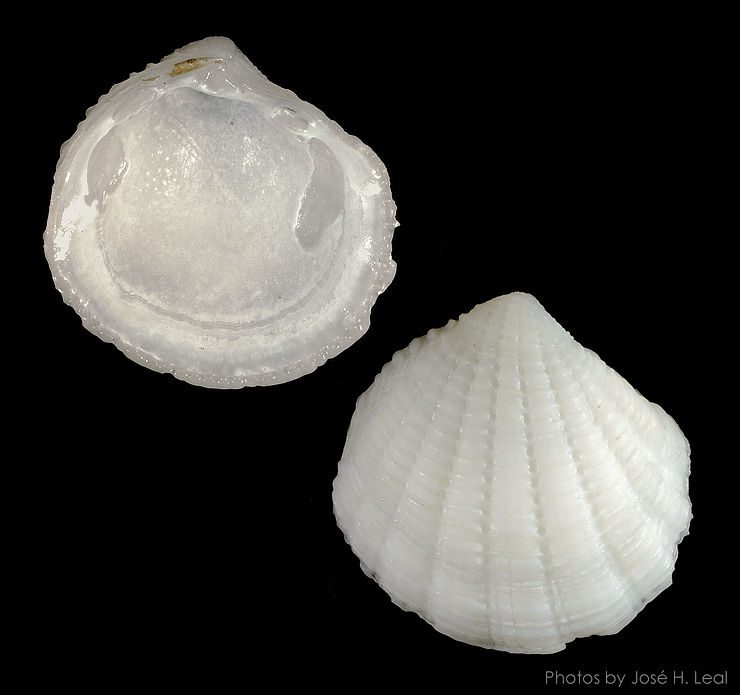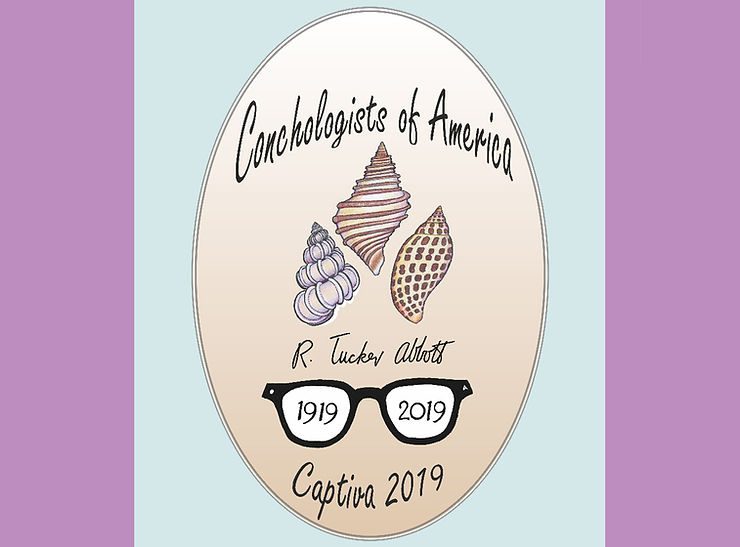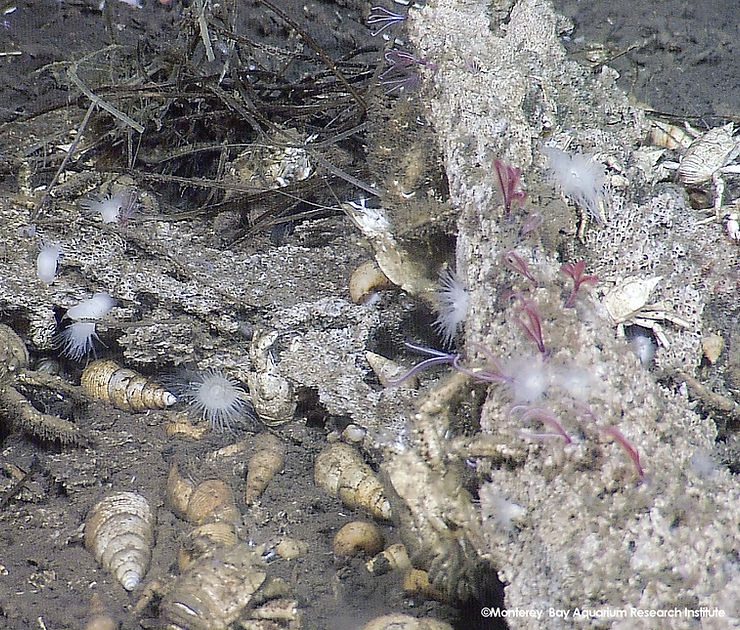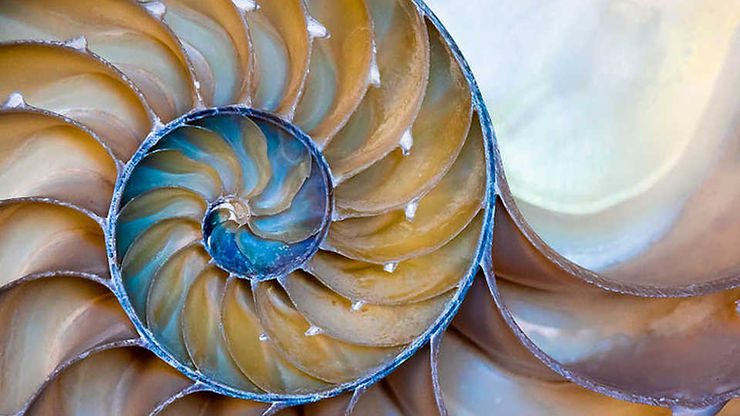
The World Congress of Malacology 2019
Join us for the World Congress of Malacology 2019! The event will take place on August 11–16, 2019, at the Asilomar Conference Grounds, in Pacific Grove, California. This will be a joint meeting of Unitas Malacologica, the American Malacological Society, and the Western Society of Malacologists. Early bird registration, reservation at the Asilomar Conference Grounds, and abstract submission are open, and can be accessed here.

